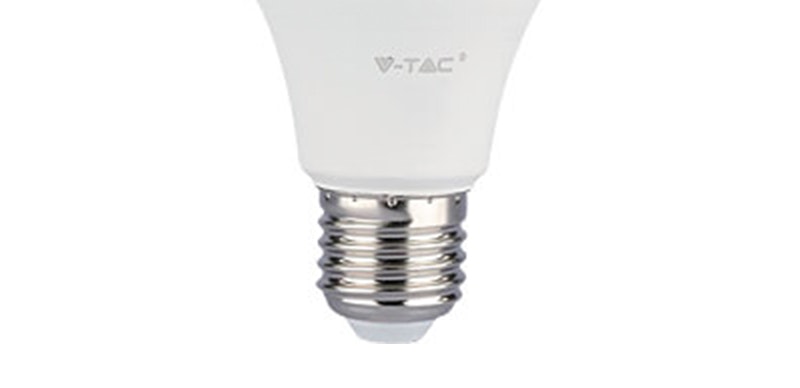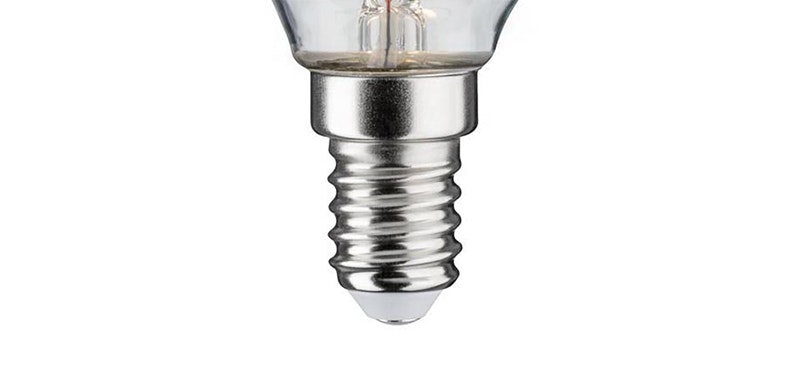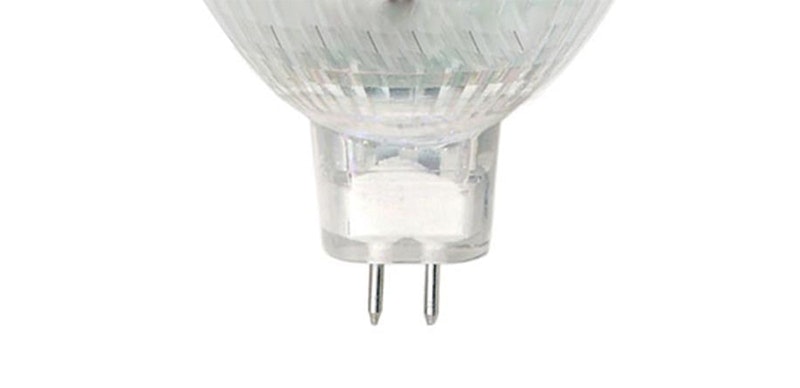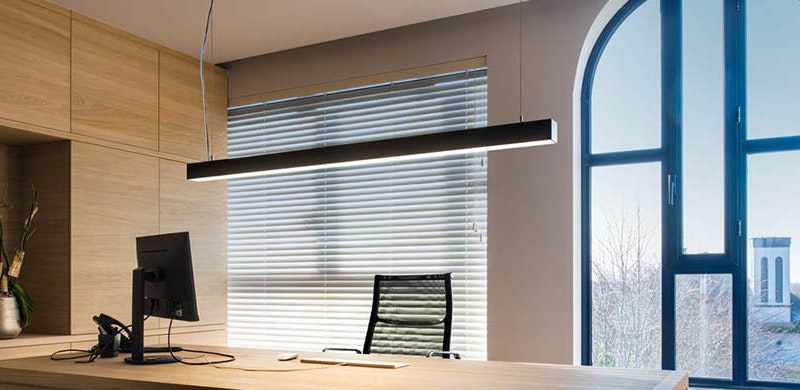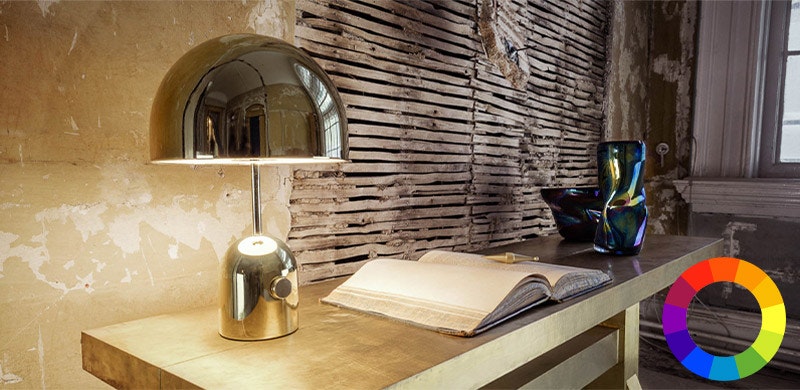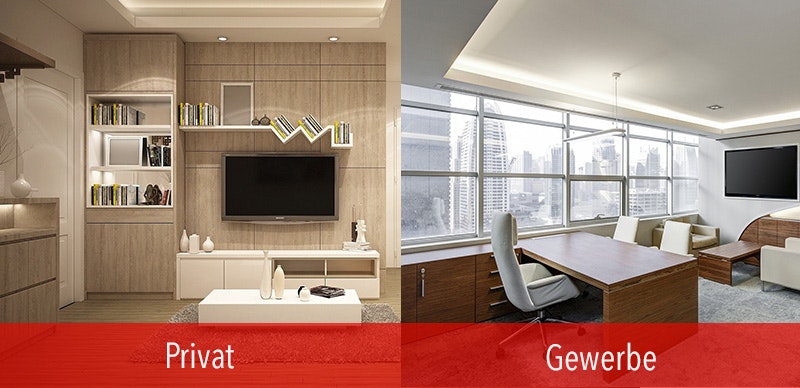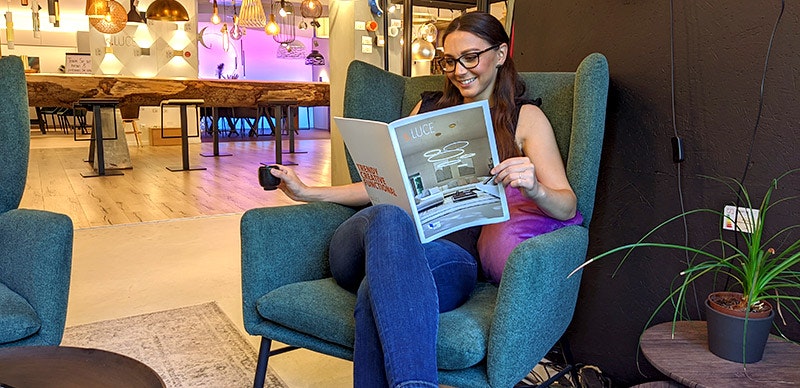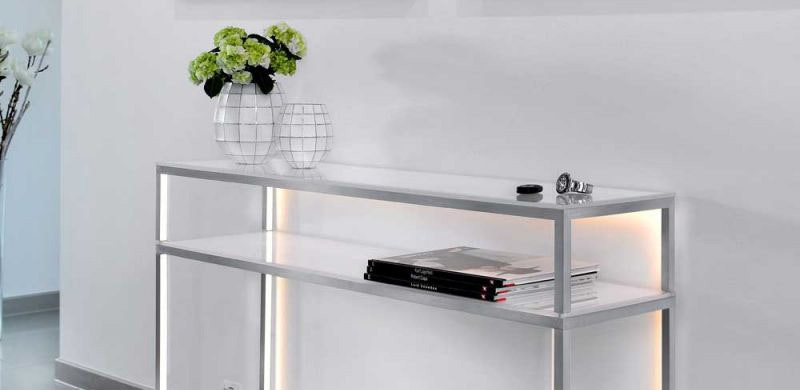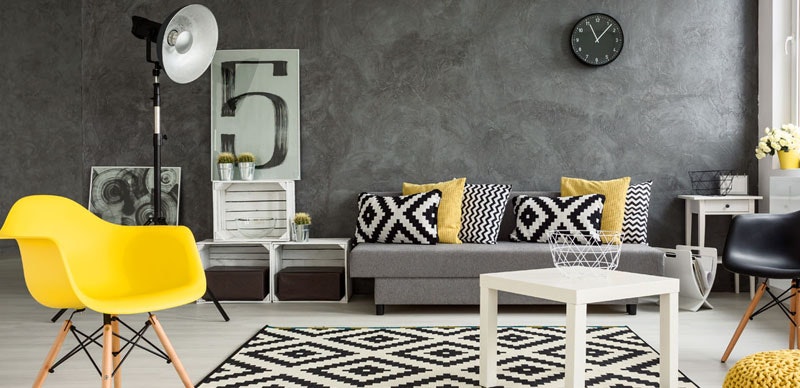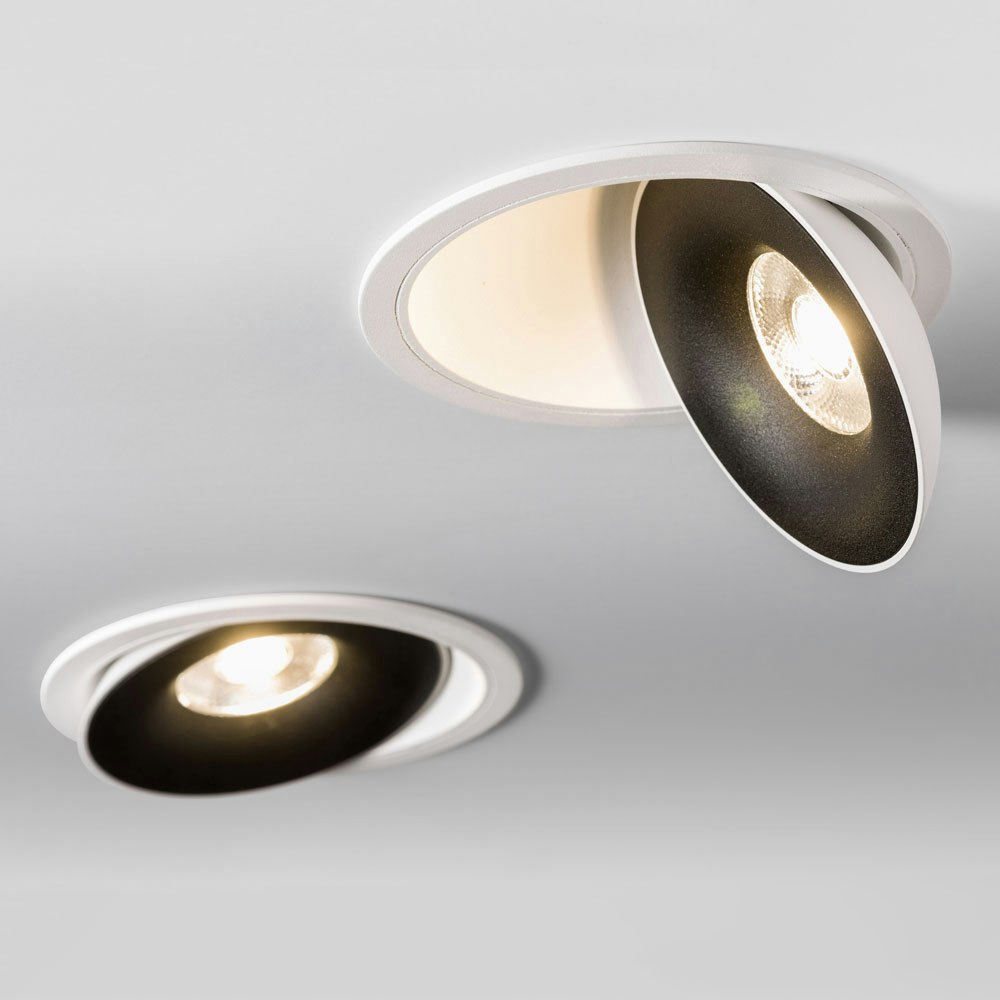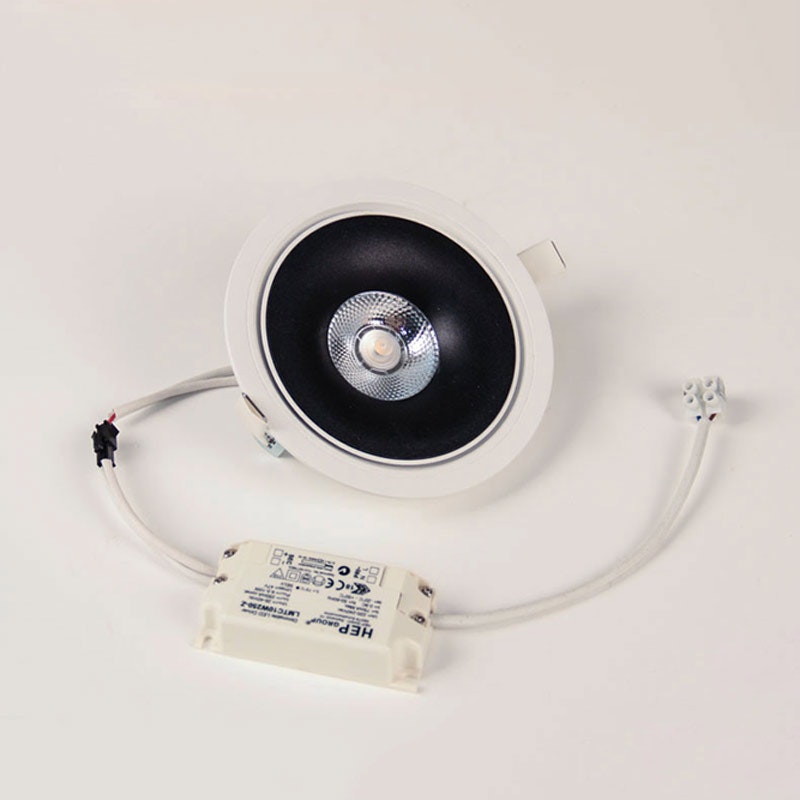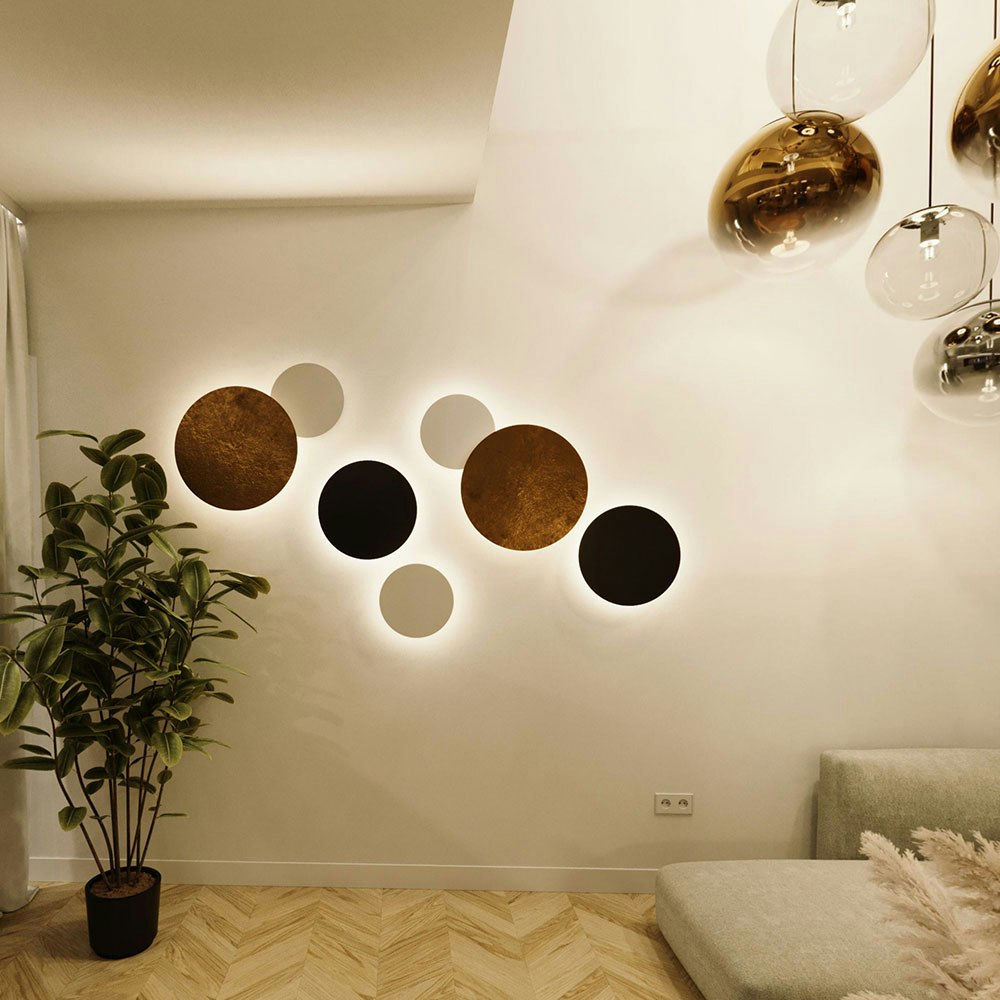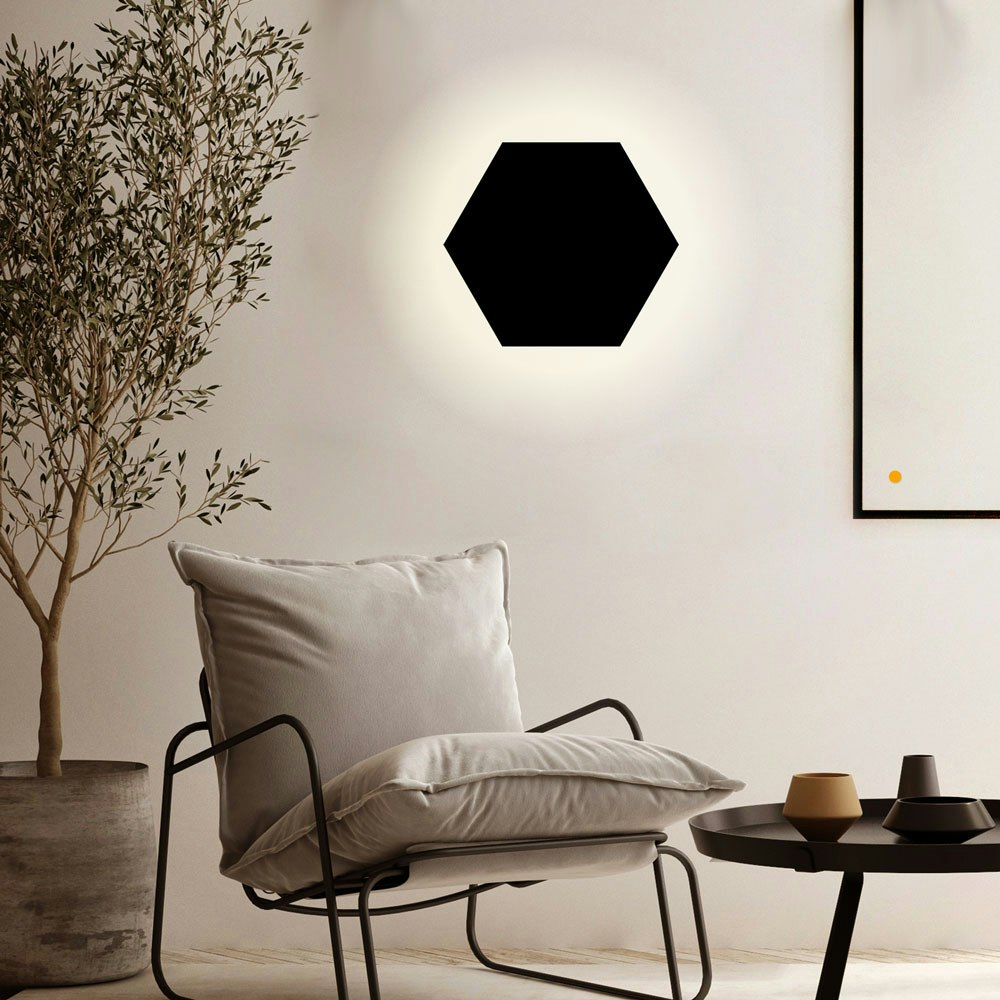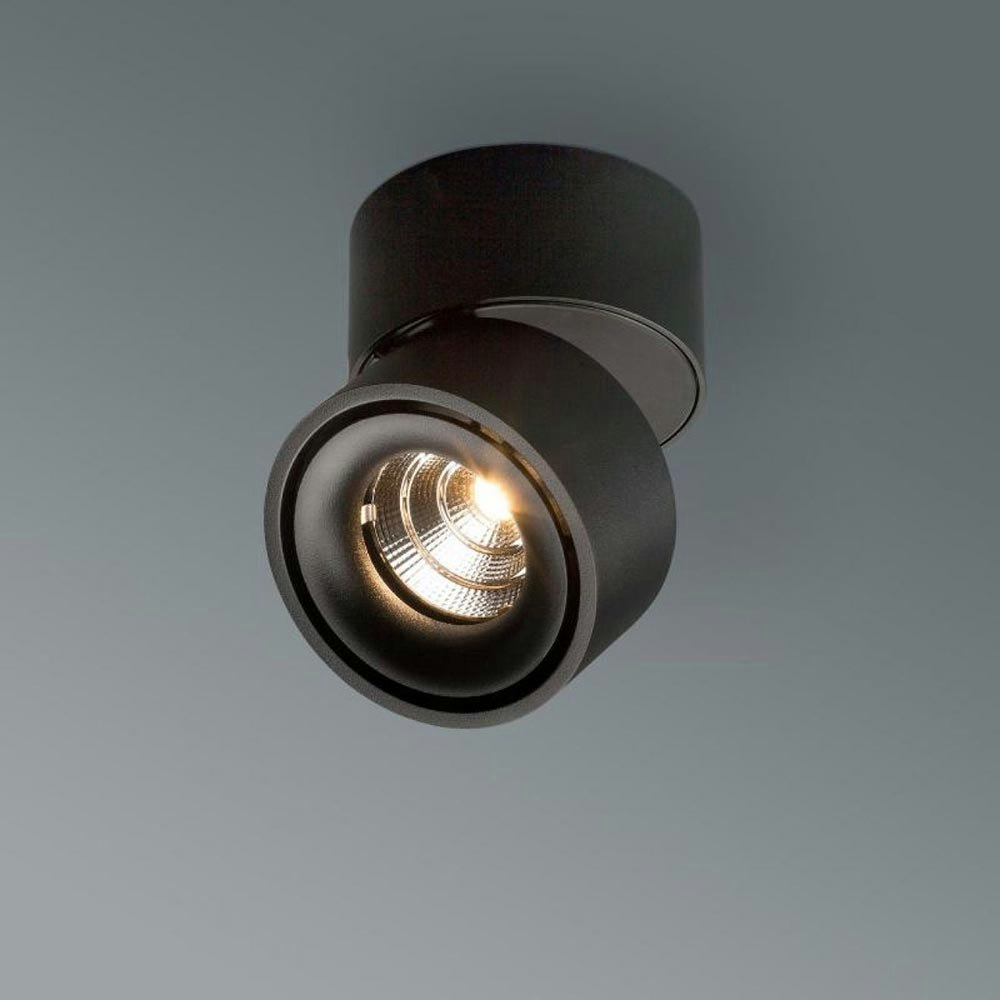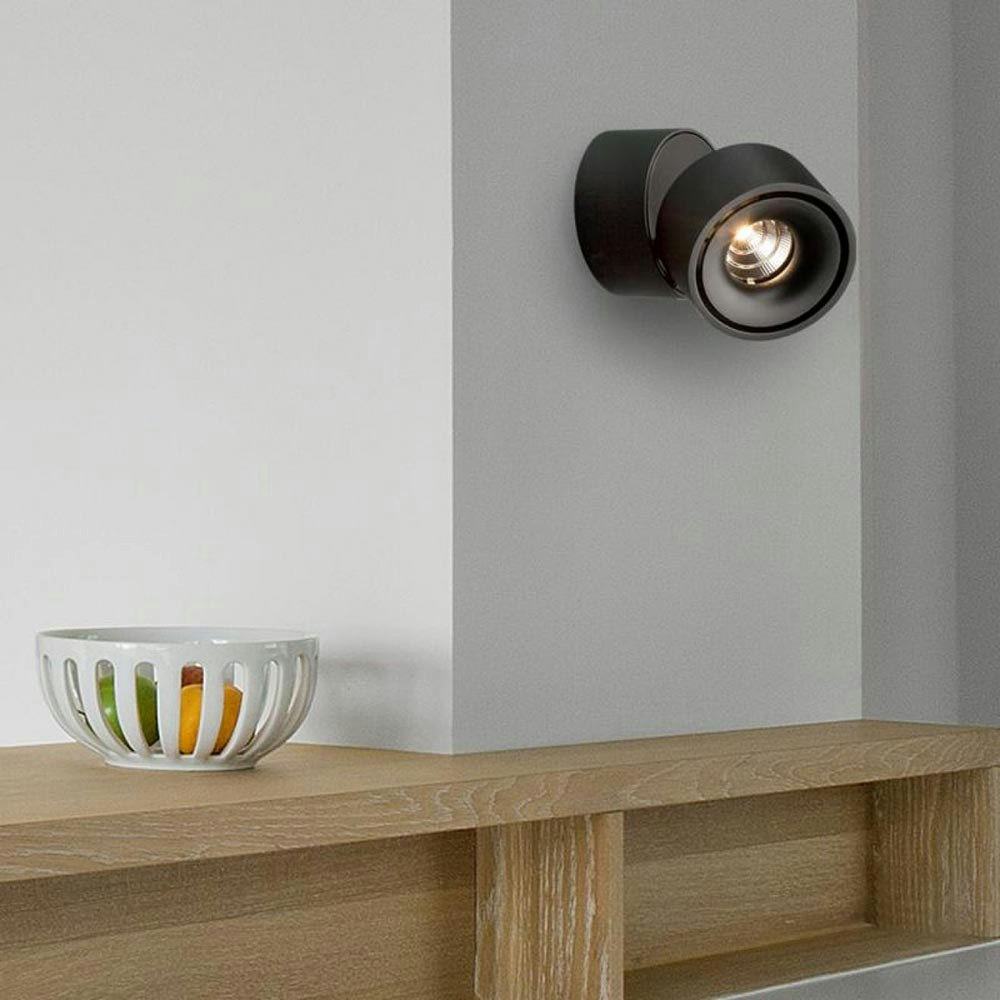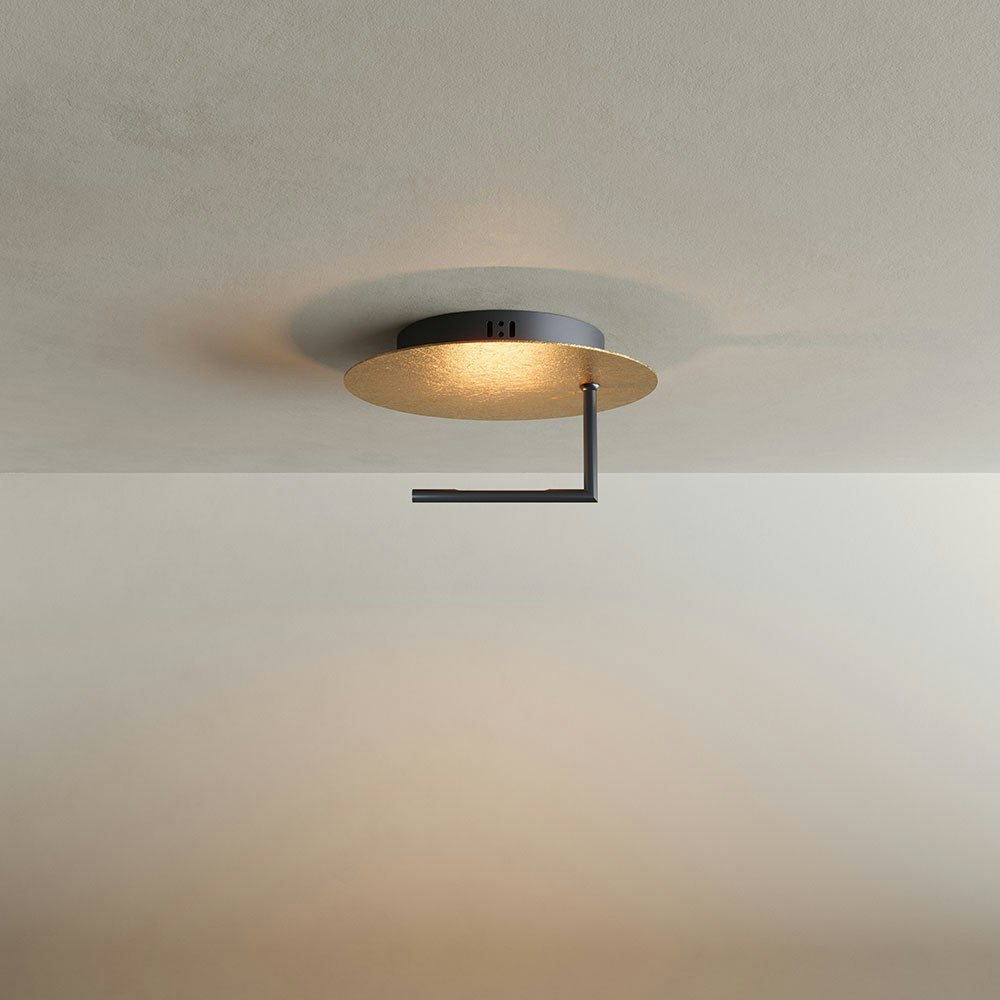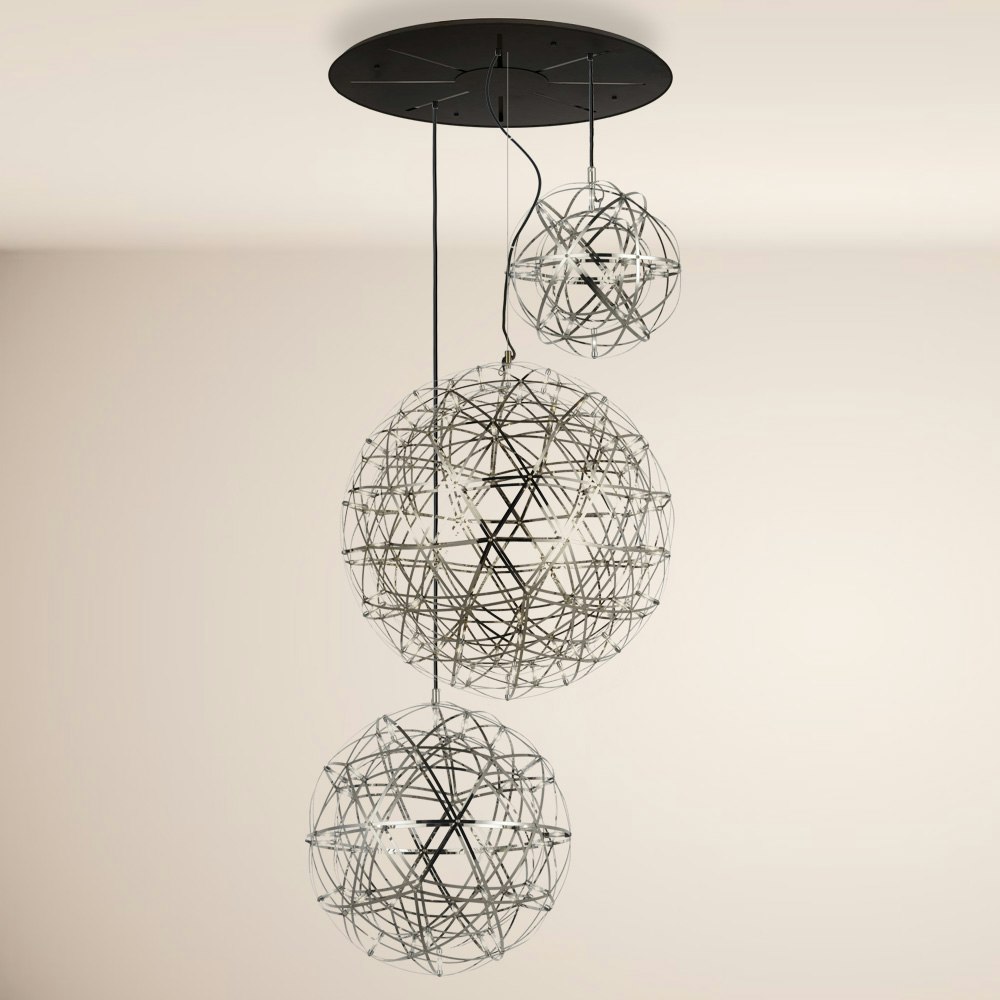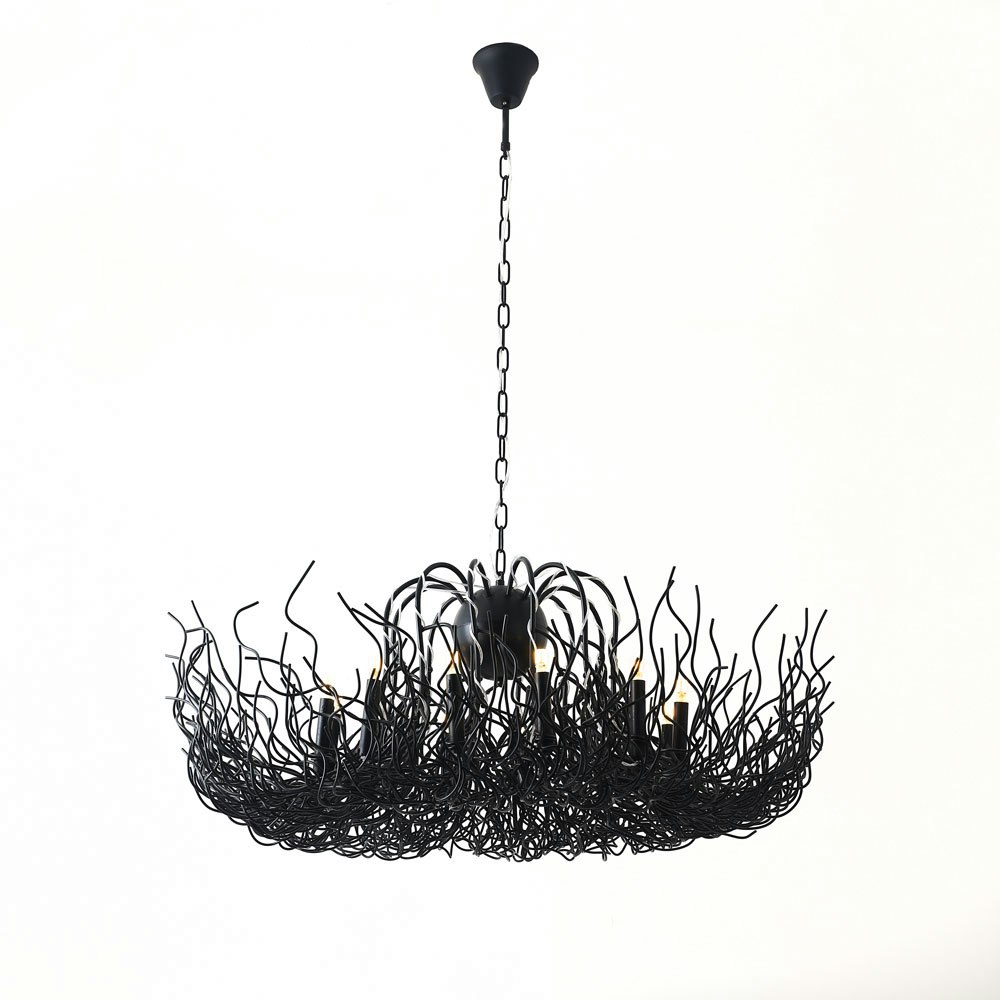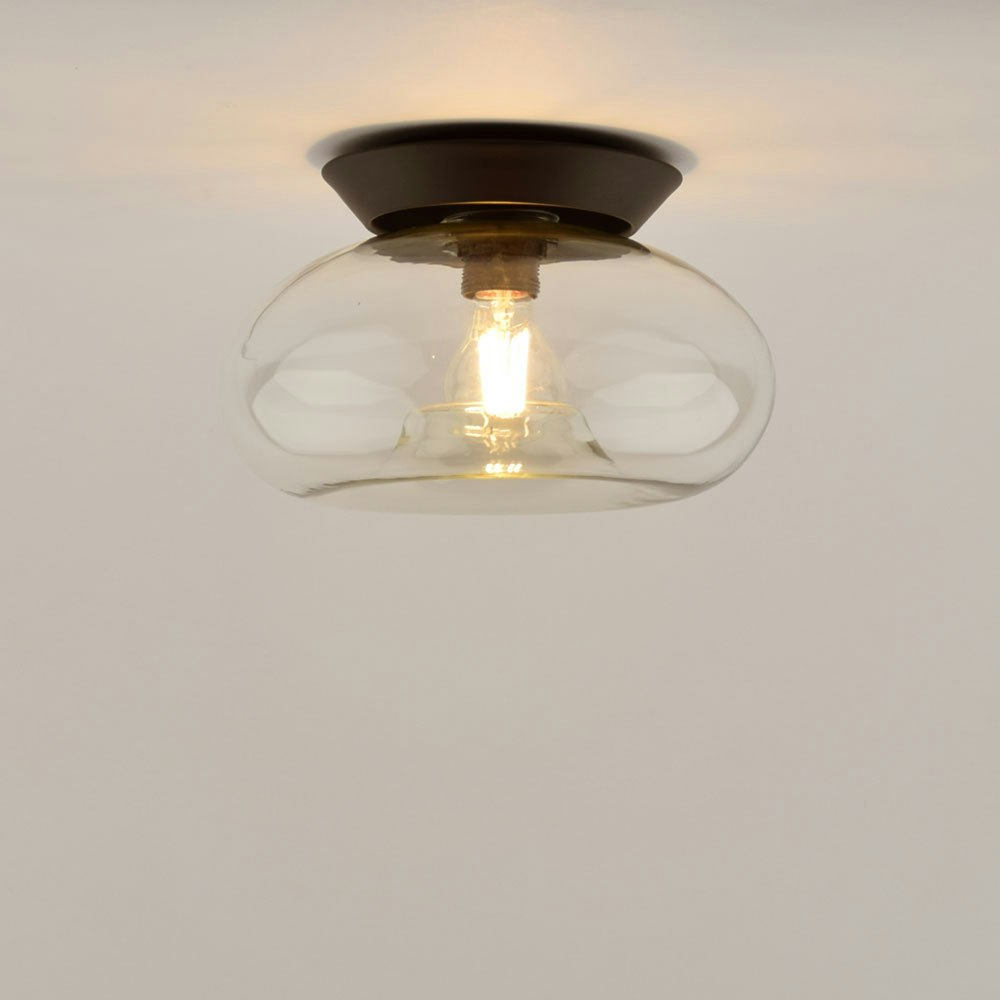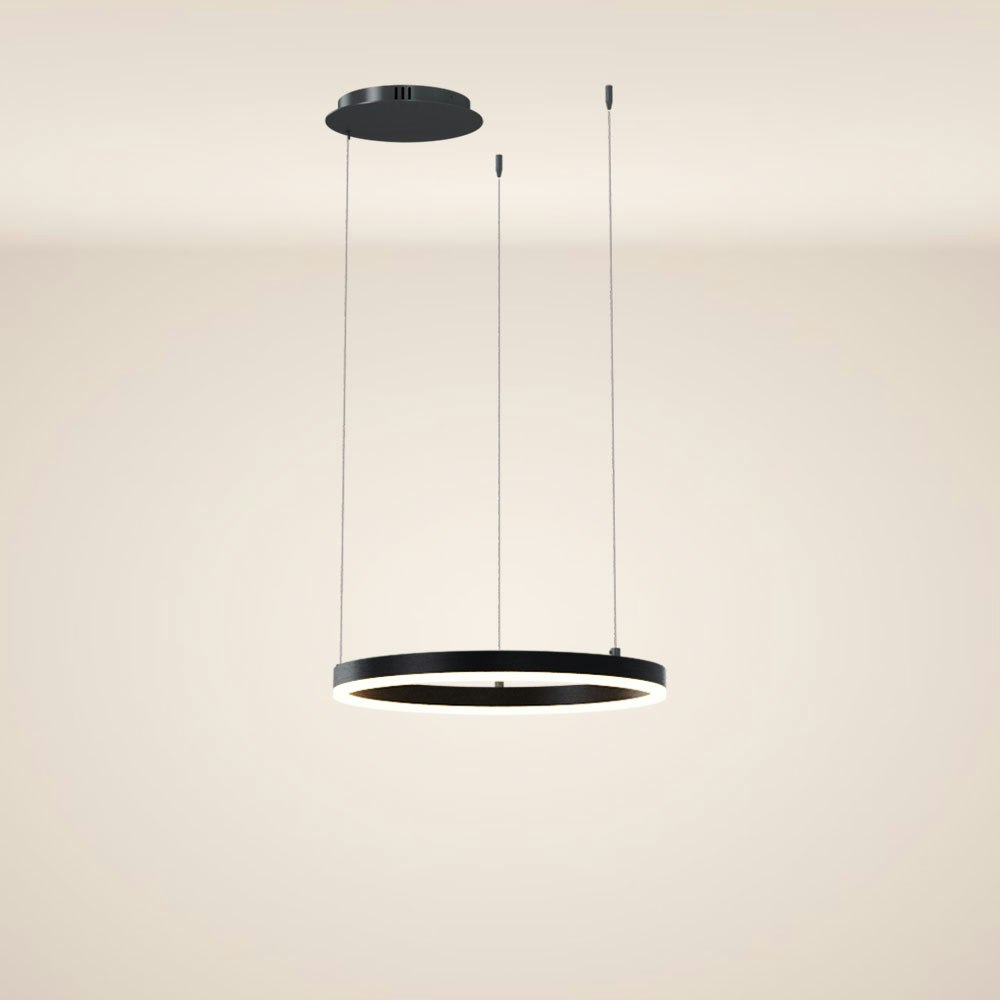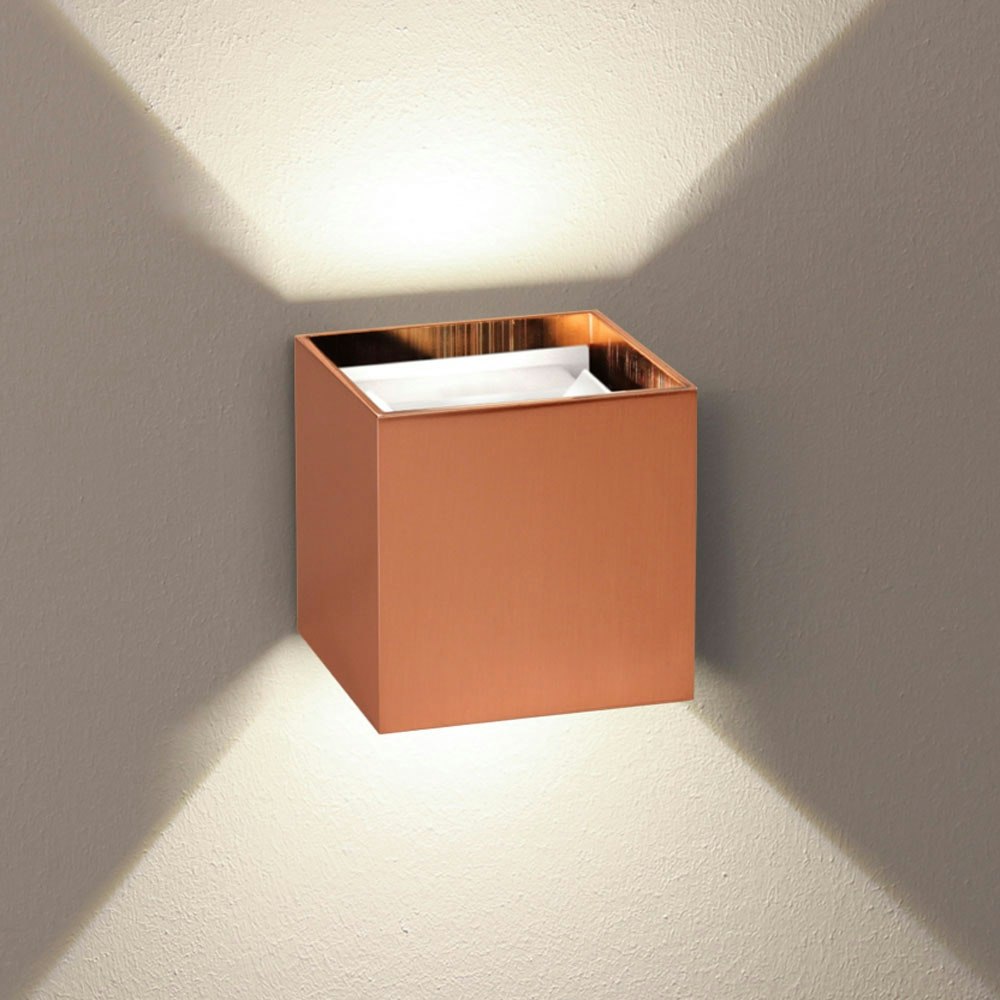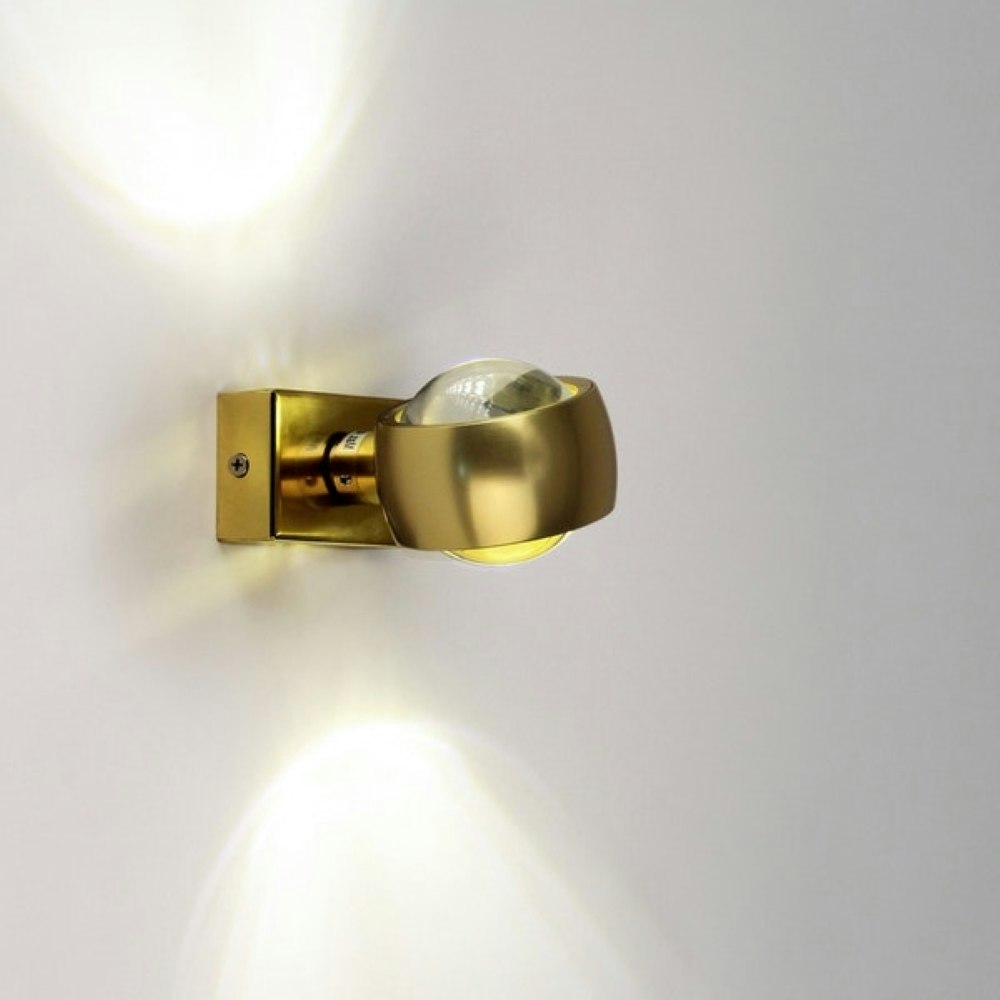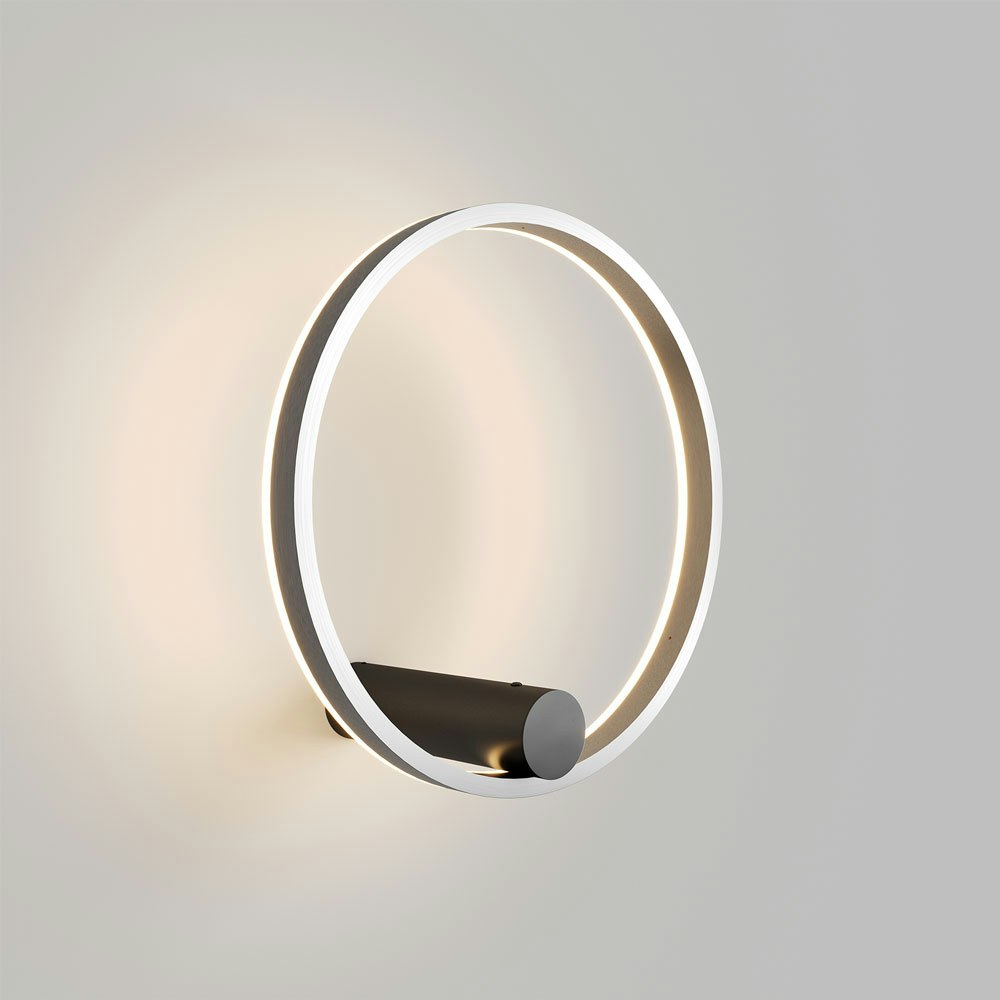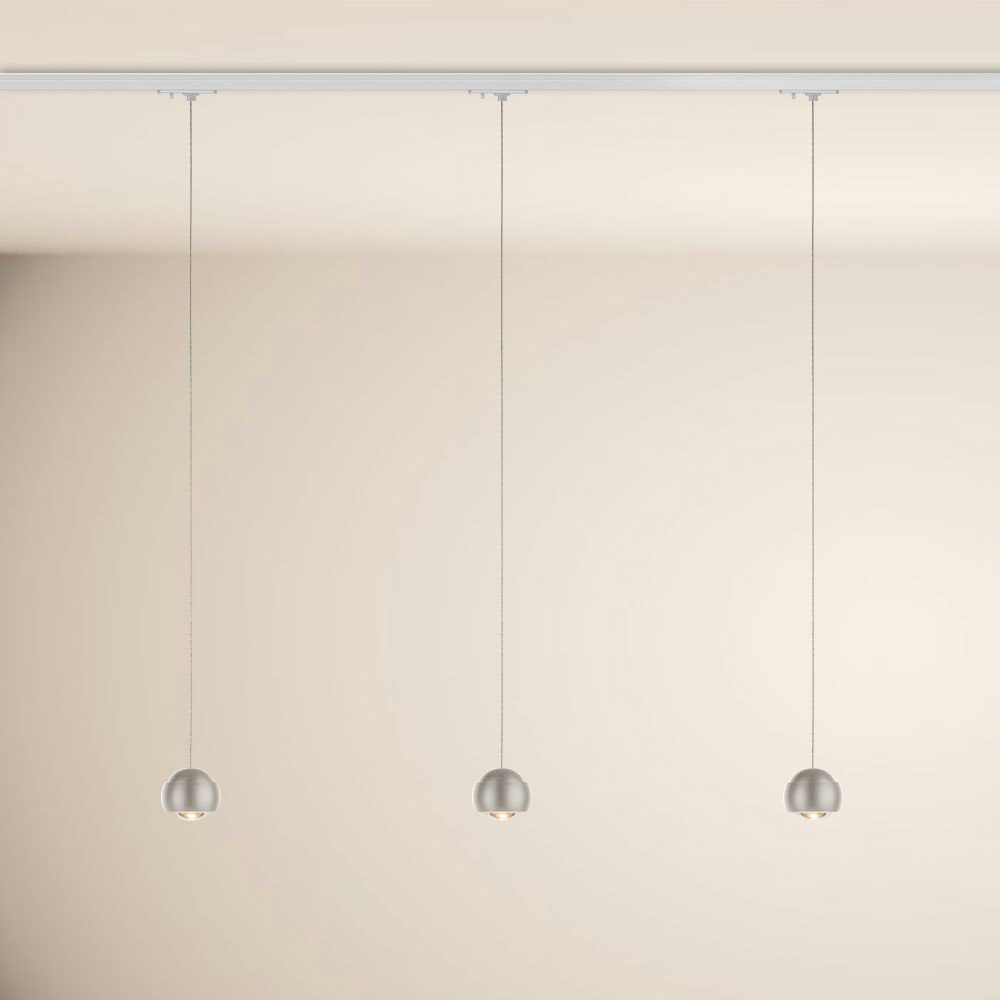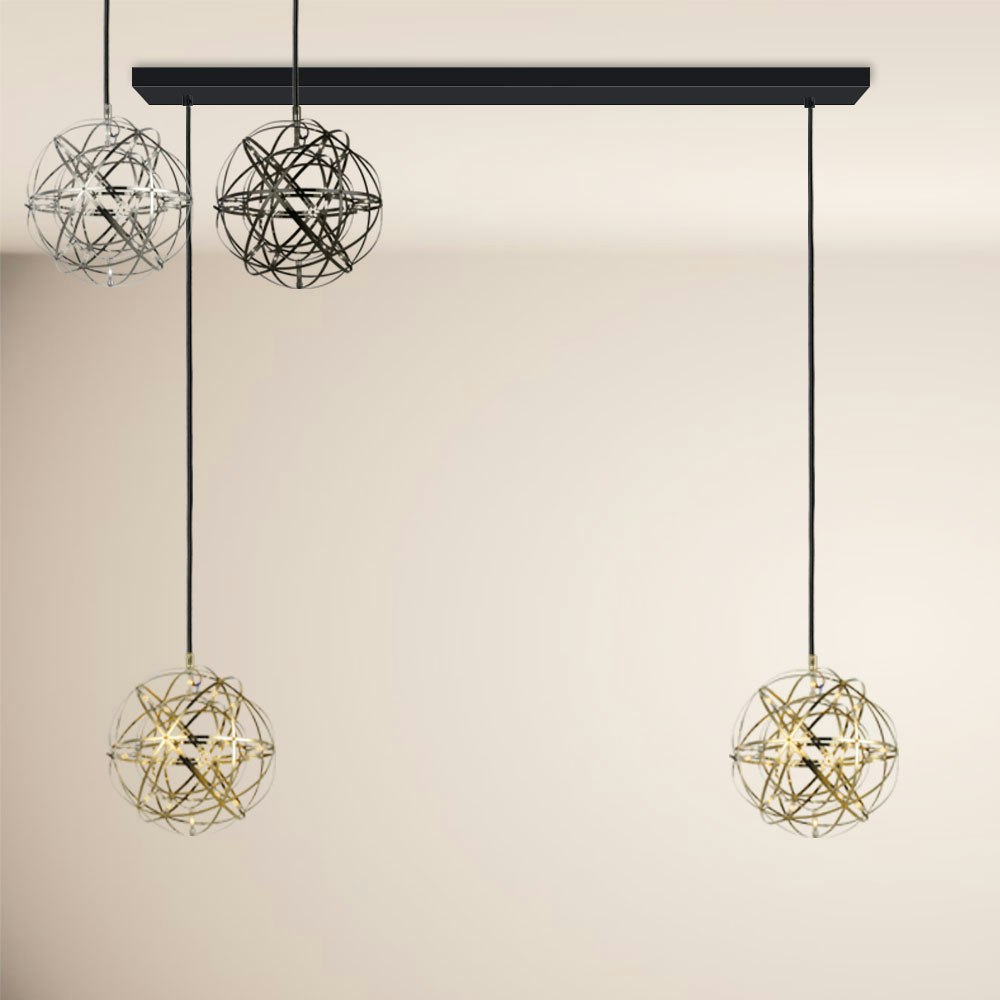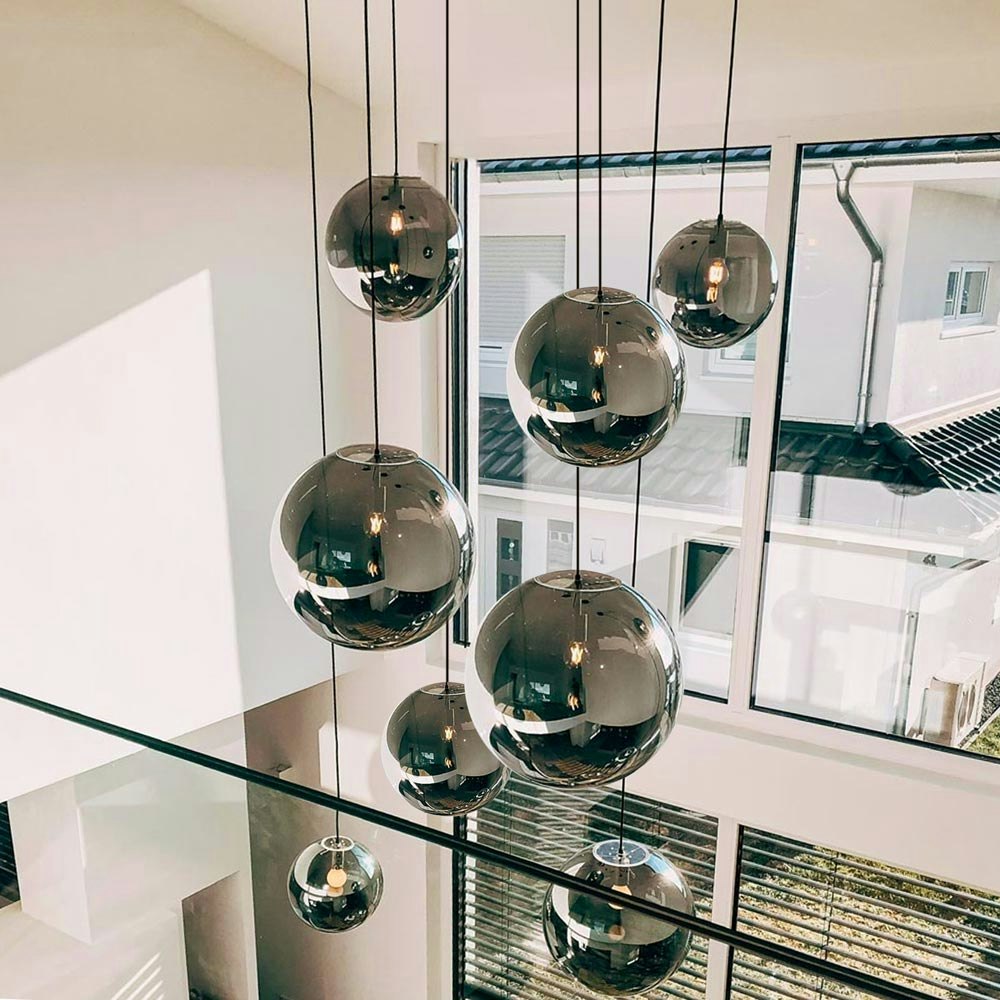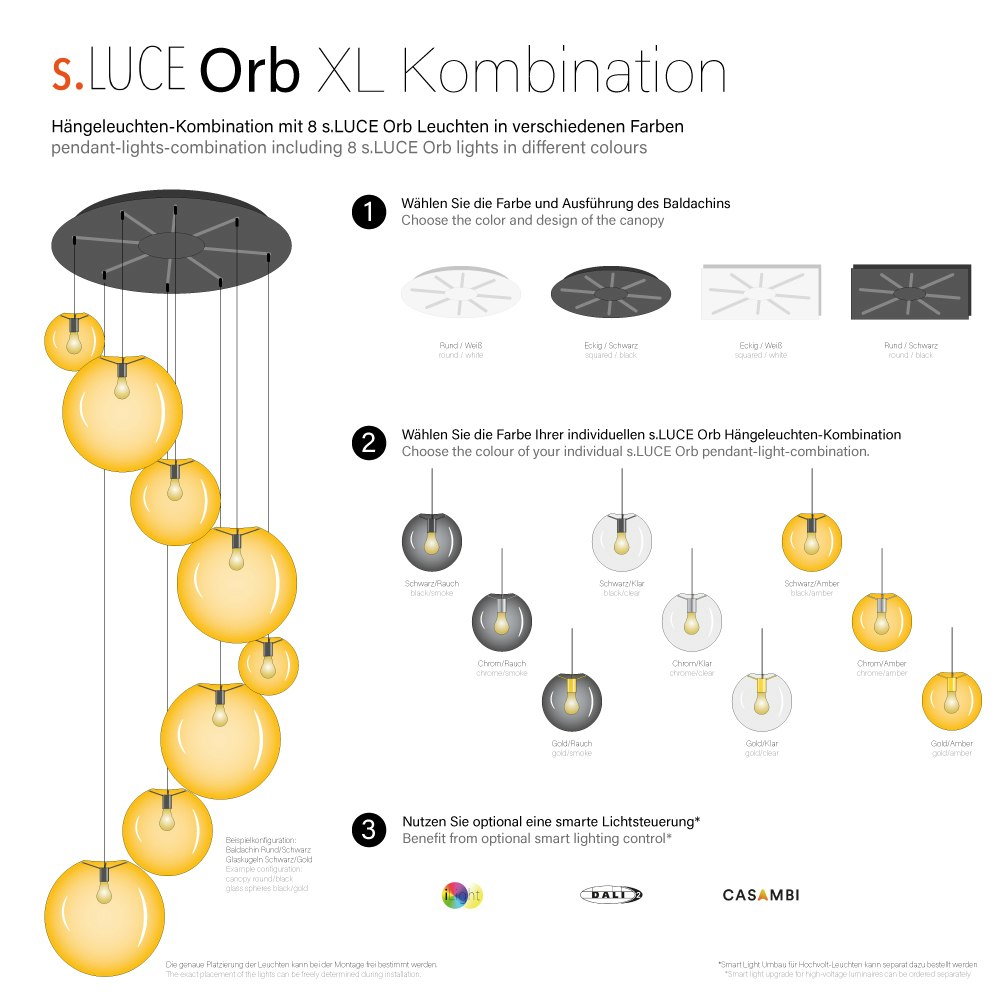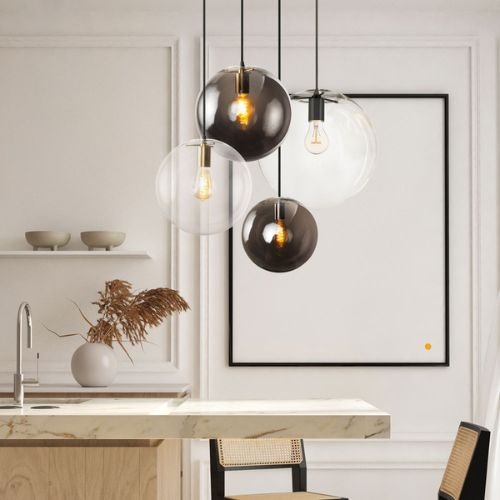
Building lighting: How light changes the appearance of buildings
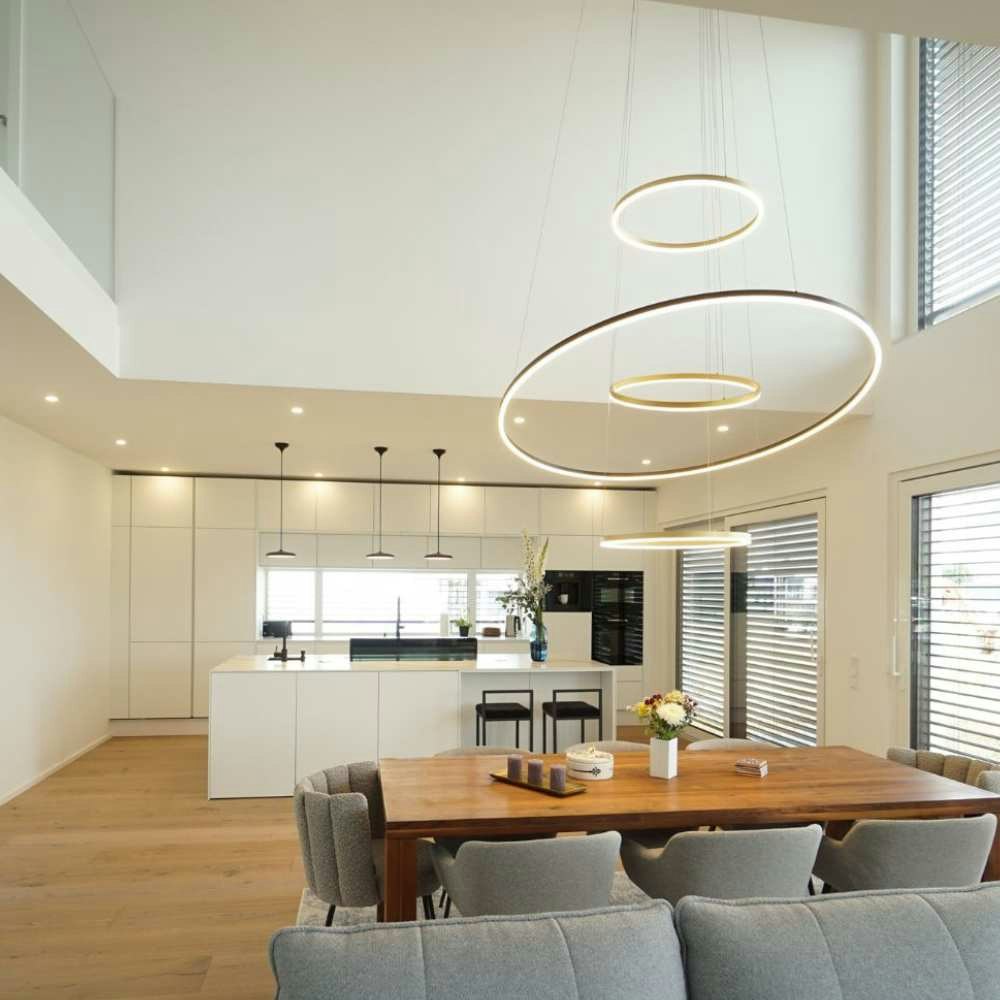

The evolution of light in architecture: a journey through time from the first sparks to modern design integration
The beginnings: fire and reflection
Ever since man mastered fire, he has also used light to his advantage. In ancient times, fire bowls and simple oil lamps were used to light rooms. But even then, architects like the ancient Egyptians understood that natural light played an important role. They designed their buildings so that daylight flooded them by creating light wells and special openings.
The Middle Ages: church windows as ambassadors
The medieval cathedrals of Europe show the art of light in its full glory. The magnificent stained glass windows were not only decorative but also symbolic. They told stories from the Bible and taught the faithful. The light that shone through them was divine - it brought colour, warmth and spirituality to sacred space.
The Renaissance: perspective and shadow
With the Renaissance came a new understanding of space and perspective. Artists and architects like Leonardo da Vinci studied light to create realistic representations. They understood how shadows define shapes and reflections influence colours. This knowledge found its way into architecture, creating buildings that played with light and shadow to create depth and three-dimensionality.
The Industrial Age: Electricity Changes Everything
With the discovery of electricity in the 19th century, a new era began. Suddenly, streets were lit at night and interiors could be designed in ways previously undreamed of. Electric lighting changed society and turned night into day.
Modern and postmodern: technology meets design
In the modern and postmodern era, architects such as Le Corbusier and Frank Lloyd Wright further explored the interplay of light and space. The use of glass, the incorporation of natural and artificial light sources and the integration of technology paved the way for architecture in which light plays a major role.
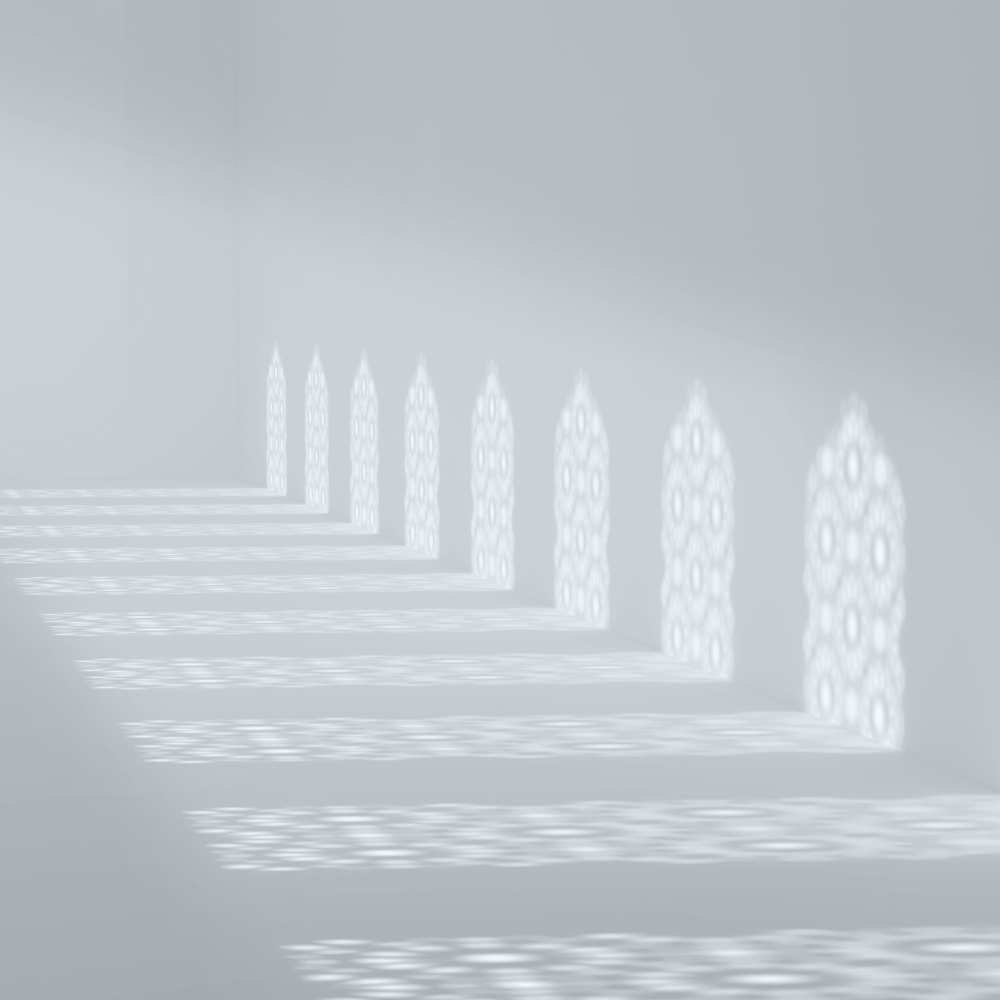

Light as the soul of architecture: Your personal connection to space and design
A luminous history
The history of light and architecture is a mirror of human development. From the first glow of fire to the intelligent lighting systems of today, light has shaped our buildings and our lives. And as we have shaped light, it has shaped us. It has inspired us, comforted us, guided us and taught us.
The story of the light is our story, and it continues to shine, every day, in every building, in every room. By understanding this rich history, we can better appreciate the importance of light in our daily lives and use it in ways that bring meaning and beauty to our world.
The magic of light
Imagine standing in front of a majestic building, for example the Brandenburg Gate in Berlin.
How does it feel when the soft evening light touches the surfaces and gives the stones a golden shimmer?
Magical, isn't it?
This magic comes from the relationship between light and material. Light shapes and defines the architecture, brings textures to life and gives the surroundings an emotional depth.
Your light, your story
In the end, it is your own story that is told through the light. It's the way you light your space, the colours you choose, the shadows you cast.
All this makes your home a part of you.
Perhaps this journey through light and architecture will inspire you to play with your own light, to rediscover it and make it an expression of yourself.
Because in every ray of light, in every corner, in every shadow, there you are.


Light in all its facets: The art, technology and significance in architecture
Natural and artificial light
It is not only natural light that influences our experience of architecture. Artificial light also plays a decisive role. Through targeted lighting, architects can control the perception of spaces and create atmospheres that touch us. Just look at the illuminated streets of your city during the Christmas season. Don't you feel at home and secure? That is the power of artificial light.
Colours and shadows
Colours and shadows are the painting tools of light. They create contours and shapes, change the perception of dimensions and can even evoke emotions. You have certainly experienced how a room can appear completely different through different lighting. A warm, dimmed light creates cosiness and an invitation to linger, while a cool, bright light creates a formal and businesslike atmosphere.
The technology behind the magic
If you've ever had the opportunity to see a modern illuminated bridge or a historical monument at night, you know how light can lift architecture into a whole other dimension. But behind this magic often lies highly complex technology. LED technology, computer control, and even sustainable solar energy are part of the tools architects and lighting designers use today. They pursue not only aesthetic but also functional and ecological goals.
Light as a symbol
Light not only has an aesthetic function. It can also carry symbolic meanings. Just think of the Statue of Liberty, how it shines with its torch in the night. Here, light stands for freedom and hope, and its glow reinforces this message. In your home, too, light can be more than just a necessity. It can evoke memories, create moods and tell a story that is important to you.
Sustainability and light
In our modern world, where sustainability is becoming increasingly important, the connection between light and architecture also plays a crucial role. Energy-saving lighting, intelligent control systems and the integration of daylight are more than just trends. They are an expression of responsible use of our resources.
Have you ever thought about how you can save energy and create a cosy atmosphere at the same time with the right lighting in your own home? It's a way we can all make a contribution.
The future of light in architecture
What else can the future hold? As technology advances, new possibilities are opening up all the time. Imagine façades that change colour with the time of day, or interiors, and who knows what wonders await us?


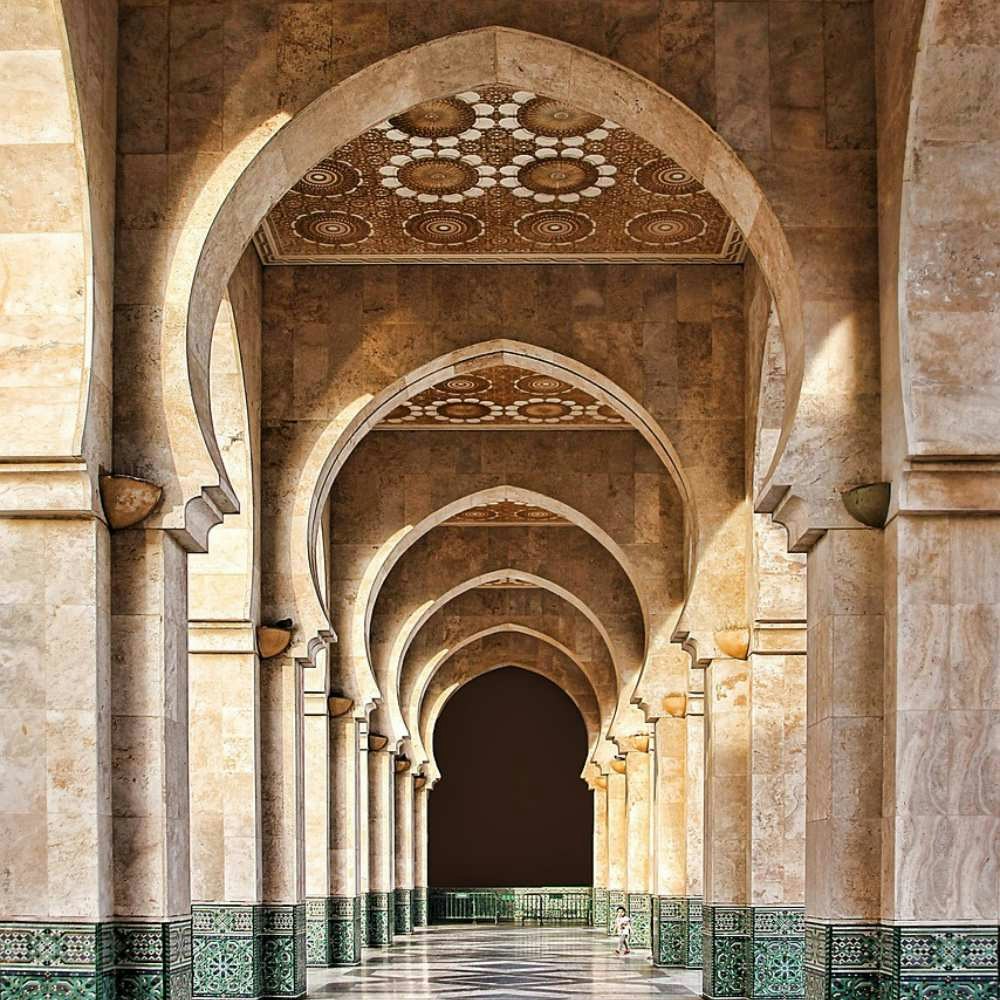
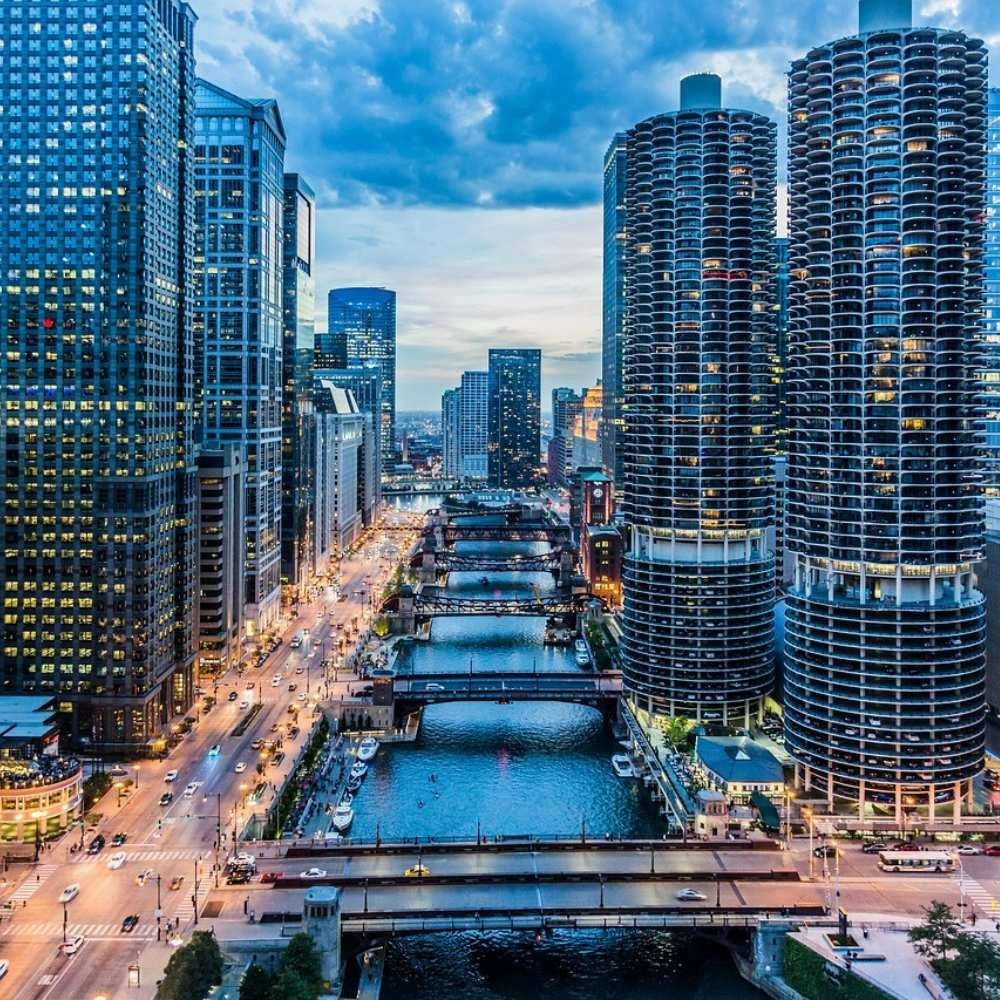
Becoming a lighting master: Practical tips and tricks for effective design in building lighting
1. Use daylight:
Try to design spaces to use as much daylight as possible. Large windows, light wells or skylights can help reduce energy costs and illuminate the space naturally.
2. Understand the quality of light:
Warm lighting creates cosiness, while cool lighting tends to be businesslike. Experiment with different light sources and colour temperatures to create the desired atmosphere.
3. Play with shadows:
Shadows can add depth and texture. Use them to add highlights or make rooms more interesting. Remember that not only the light itself, but also the shadows are part of the design.
4. Keep energy efficiency in mind:
Use LEDs or other energy-efficient lighting options. Intelligently controlled lighting systems can also help reduce energy consumption by automatically adjusting to needs.
5. Light as a work of art:
Think about using lighting as a decorative element. Whether it's a gorgeous chandelier or subtle backlighting, light can also serve as a work of art.
6. Think about function:
Make sure the lighting is suitable for its intended purpose. Kitchens need different lighting than living rooms and bedrooms. Plan lighting to suit the function of the room.
7. Choose outdoor lighting wisely:
When lighting outdoor areas, choose weatherproof options and consider how the light can accentuate the garden or facade. Again, playing with shadows and reflections can work wonders.
8. Experiment and have fun:
Don't be too strict with the rules. Experiment and have fun with different light sources, positions and techniques. Sometimes unexpected solutions can give the best results.
Conclusion - How to do everything right!
Light is one of the most powerful tools in architecture and design. With these tips and tricks, you can make the most of it and create spaces that are not only functional, but also aesthetically pleasing and emotionally engaging.
Light is not just a technical necessity; it is a creative medium that, when used correctly, can bring life, warmth and beauty to any space. With a little planning and experimentation, you can design light to tell your story and transform your home or building into something special.
If you are still undecided about how you want to implement lighting in your home, why not make an appointment with the lighting designers at Skapetze for a personal consultation and the development of an individual lighting concept ?
You are also welcome to visit us on site in Simbach am Inn at , Bavaria's largest lighting studio .
If you already have a concrete idea of how the luminaires should look in your home, we can help you turn this idea into reality - our in-house workshop makes it possible.












